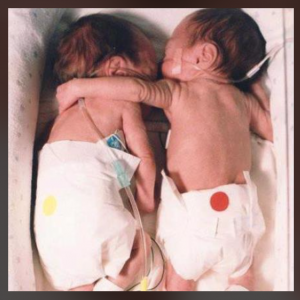 Tara Brach told this story: In the first week of life of a set of twins, each one was isolated in her respective incubator. One was not expected to live. A hospital nurse fought against the rules and placed both babies in one incubator. When they were together, the healthier of the two threw an arm over her sister in an endearing embrace. The smaller baby’s heart rate stabilized and her temperature rose to normal. Through connection and love, the weaker twin went on to live and thrive.
Tara Brach told this story: In the first week of life of a set of twins, each one was isolated in her respective incubator. One was not expected to live. A hospital nurse fought against the rules and placed both babies in one incubator. When they were together, the healthier of the two threw an arm over her sister in an endearing embrace. The smaller baby’s heart rate stabilized and her temperature rose to normal. Through connection and love, the weaker twin went on to live and thrive.
My reflection: When my son was in active addiction, the standard advice for parents was tough love. Although there were some aspects of merit to this thought, in Italy I learned a more effective approach for our family: “Stay Close. Don’t abandon him, but stay out of the chaos of his addiction.” By staying close, my son knew my boundaries, yet he also felt connected. He knew he was not alone in his battle.
Today’s Promise to consider: Today, let us remember Rumi’s words:
Through love all that is bitter will be sweet.
Through love all that is copper will be gold.
Through love all dregs will become wine.
Through love all pain will turn to medicine.
Let us join together in prayer that love will be the healing energy in our suffering ones’ lives.

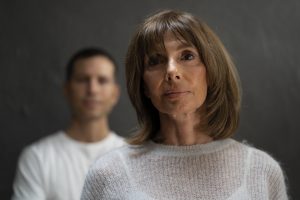 A dad wrote to me: I sincerely believe that finding my own personal recovery allowed my son to find his own.
A dad wrote to me: I sincerely believe that finding my own personal recovery allowed my son to find his own.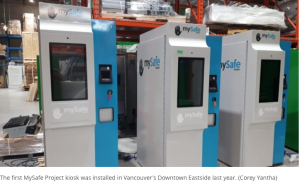
 A mom wrote to me: Two weeks ago, one of my worst nightmares occurred. My son, who had been ‘clean for 3 years,’ overdosed in my house. Luckily, his friend went to check on him, and found him down. I had Narcan in the house and, thankfully, it saved his life. I never heard him come into the house and never heard him drop to the floor. If his friend hadn’t checked on him, my son would be dead! I still cannot get the image of his face, blue and not breathing, out of my head. I thank God that I had Narcan in my home. Now, all of my family members carry it, even my son.
A mom wrote to me: Two weeks ago, one of my worst nightmares occurred. My son, who had been ‘clean for 3 years,’ overdosed in my house. Luckily, his friend went to check on him, and found him down. I had Narcan in the house and, thankfully, it saved his life. I never heard him come into the house and never heard him drop to the floor. If his friend hadn’t checked on him, my son would be dead! I still cannot get the image of his face, blue and not breathing, out of my head. I thank God that I had Narcan in my home. Now, all of my family members carry it, even my son.
 Gabor Maté
Gabor Maté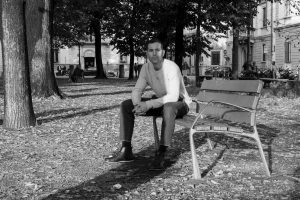 A woman wrote to me: My younger sister is a recovering heroin addict. She is 25 years old and has been to 17 rehab centers, and never finished one program. Last year, she completed her time in jail (since she did not fulfill the requirements of rehab) and that seems to have made a difference for her. She is recently married, pregnant and, as far as we can tell, sober.
A woman wrote to me: My younger sister is a recovering heroin addict. She is 25 years old and has been to 17 rehab centers, and never finished one program. Last year, she completed her time in jail (since she did not fulfill the requirements of rehab) and that seems to have made a difference for her. She is recently married, pregnant and, as far as we can tell, sober.  Dr. MacAfee, our beloved addiction therapist, wrote, Learning to live drug free touches every facet of a recovering person’s life. He has to learn to laugh without using. He has to learn to “do today” without using. He has to learn to be intimate without using. There is no part of his existence untouched by his drug history. It is literally like starting his life over, yet with a memory of a life before.
Dr. MacAfee, our beloved addiction therapist, wrote, Learning to live drug free touches every facet of a recovering person’s life. He has to learn to laugh without using. He has to learn to “do today” without using. He has to learn to be intimate without using. There is no part of his existence untouched by his drug history. It is literally like starting his life over, yet with a memory of a life before.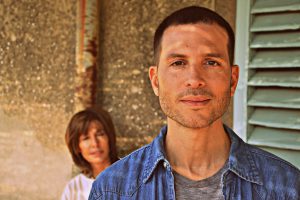 A father wrote to me: Our son has a gambling addiction and after more than five years of heartache he has lost his wife, many jobs, stolen from everyone, and now faces legal issues. He has been to various treatment centers and resides today in a halfway house. As a father, I try to understand the pain my wife endures when her son, who could do no wrong, spirals out of control. I always felt it was my place to protect and fix things. I can’t fix this.
A father wrote to me: Our son has a gambling addiction and after more than five years of heartache he has lost his wife, many jobs, stolen from everyone, and now faces legal issues. He has been to various treatment centers and resides today in a halfway house. As a father, I try to understand the pain my wife endures when her son, who could do no wrong, spirals out of control. I always felt it was my place to protect and fix things. I can’t fix this.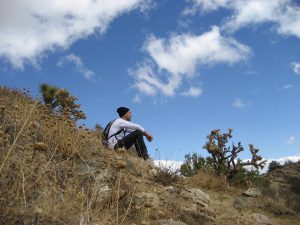 A woman in recovery wrote to me: What if there was a place for recovering addicts to go to get their equilibrium back? It takes five years for the body to heal and stabilize into normal endocrine function after addiction. It takes two years for the brain to heal and for its natural hormones to start flowing regularly again. During this recovery time is when the addict is most vulnerable. So what if there was a place for addicts to go that allowed them to stay in a safe place while they get their memory and focus back and learn a new trade, or go back to school to get their degree and learn organization and responsibility again. The next three years are spent finishing their degree and re-entering the workforce giving half of what they earn to the program and save the other half to purchase a car and apartment when they finish the program. By the end of this five-year program they would be in full recovery. They’d have a job, a car, and a place to live. They would be productive citizens of society again. What if?
A woman in recovery wrote to me: What if there was a place for recovering addicts to go to get their equilibrium back? It takes five years for the body to heal and stabilize into normal endocrine function after addiction. It takes two years for the brain to heal and for its natural hormones to start flowing regularly again. During this recovery time is when the addict is most vulnerable. So what if there was a place for addicts to go that allowed them to stay in a safe place while they get their memory and focus back and learn a new trade, or go back to school to get their degree and learn organization and responsibility again. The next three years are spent finishing their degree and re-entering the workforce giving half of what they earn to the program and save the other half to purchase a car and apartment when they finish the program. By the end of this five-year program they would be in full recovery. They’d have a job, a car, and a place to live. They would be productive citizens of society again. What if?
12 Comments.
View Comments | Leave a Comment